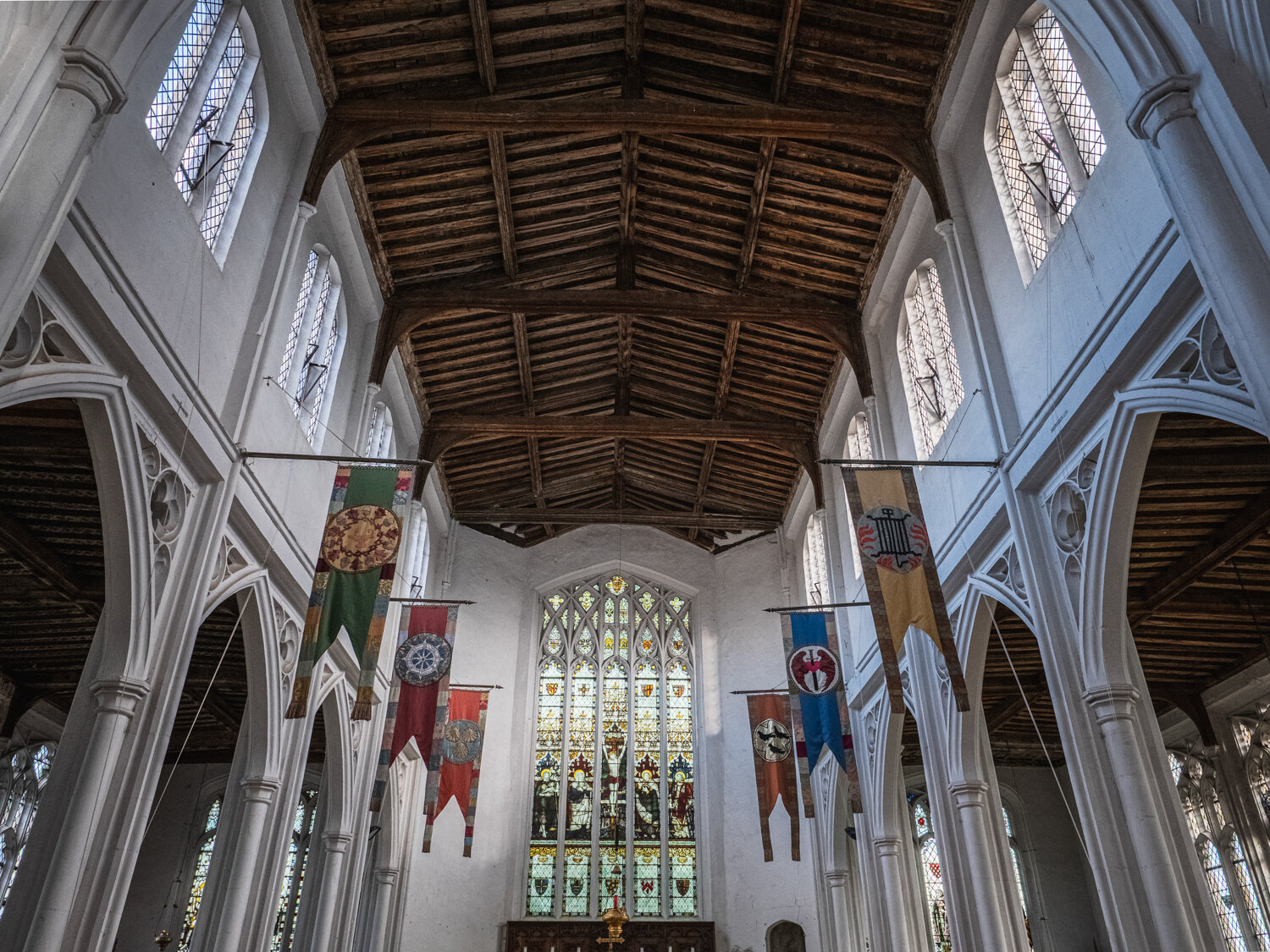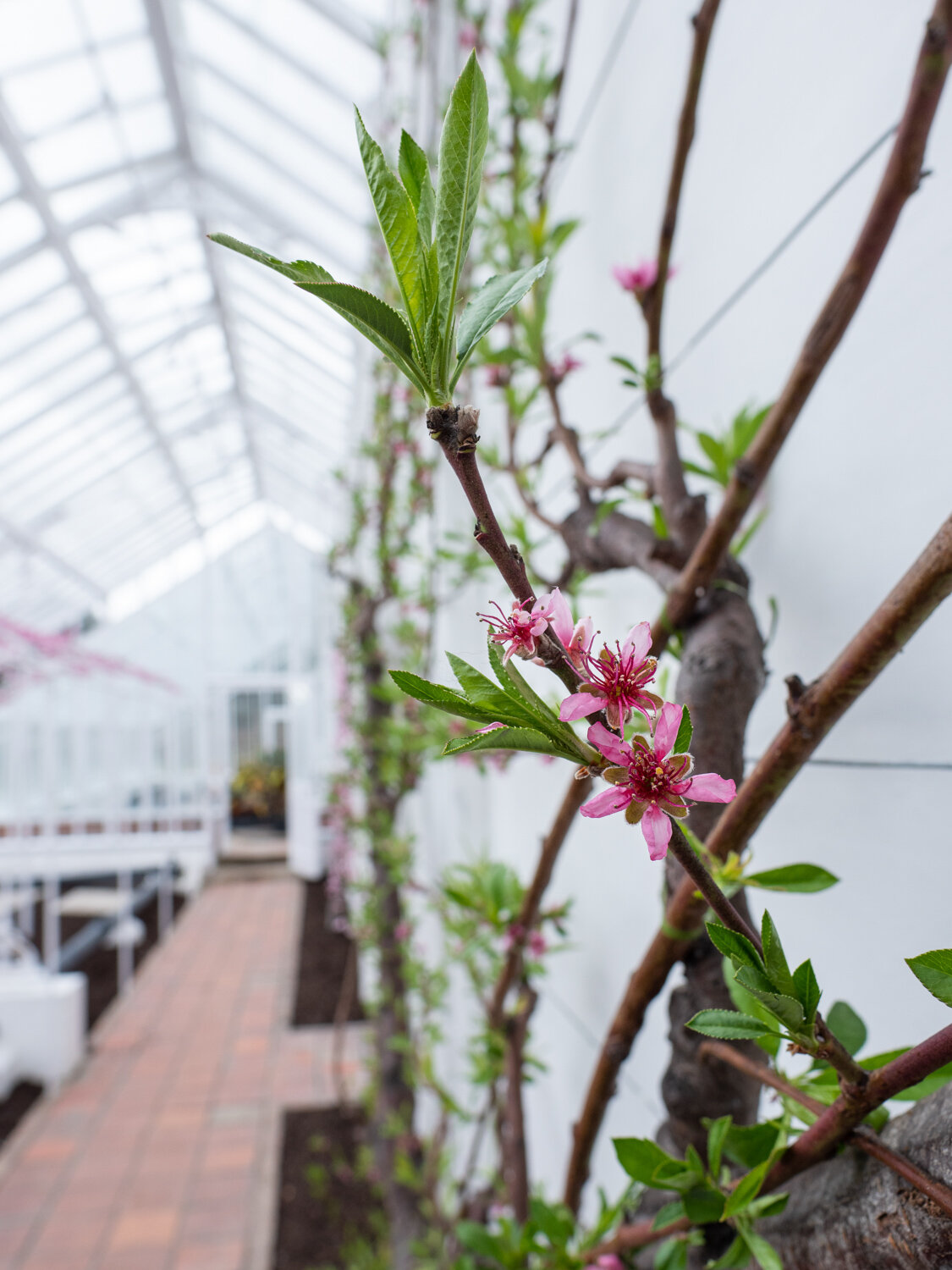After a month long battle at 75mm in February it was a joy to return to a shorter focal length for my Prime Lens Project last month. March was a strange month - it started so normally, but by the end we were all being told to stay at home as much as possible because of Covid-19, and that’s reflected in my pictures for this month of the project. I started out with some architecture photography - a genre I love - but ended up looking for subjects at home and in the countryside on my daily ‘exercise’ walks. Thank goodness no one has said you can’t take a camera with you to get your permitted once-a-day exercise!
My chosen lens for March was the gorgeous Panasonic Leica 12mm f1.4. It’s a lens I’ve only had for a little over a year, but its impeccable sharpness combined with the ability to create genuinely creamy backgrounds at f1.4 make me love it more every time it finds its way into my camera bag.
Unless I’m shooting architecture I don’t habitually reach for a 12mm lens (24mm for those who still think in full frame, 35mm film terms) – instead I often find my diminutive 15mm lens is the one I select more often. The difference between 12 and 15mm doesn’t sound much, but when you start shooting it rapidly becomes apparent just how much more dramatic or underwhelming everything looks at 12mm – depending on how you used the lens.
One of the quirks of different focal lengths is the effect they apparently have on the elements in your photos. A telephoto lens seems to compress the scene, bringing elements apparently closer together. In contrast, a wide angle lens, like this, exaggerates the distance between items in the frame. Used in the wrong way, a 12mm lens can create images which are bland and boring – details just a few feet away can look too small and insignificant and it’s so easy to lose any wow factor.
I quickly learnt the key is to get in close to your subject for some dynamic interest. The focus distance on this lens is just 20cm so even small subjects can appear quite large in your pictures – if you get close enough! I had lots of fun with this, especially while shooting nature – both at West Dean Gardens, a week or so before the lockdown started, and in our local woods.
For architecture the 12mm is an excellent choice too. It’s wide enough to capture sweeping views of buildings, but not so much that the vertical lines converge too wildly. For a couple of days I had grand plans to use it as my sole lens for a new project, photographing the churches in this part of Essex. But I managed just one church before we were told to avoid all unnecessary journeys. I may come back to this when the restrictions lift a little and the many village churches begin to reopen.
I even tried a little pet photography with this lens – definitely not its natural genre. Lucy, our cat, looked at me as if I were mad, as I slowly crept closer and closer with my camera. She’s a skittish character at the best of times, so I’m amazed she tolerated this at all. By contrast Stanley, our next door neighbour, simply peered through our patio doors as if to say, “I trust I get payment in Dreamies for this!”
So what have I learnt by shooting at 12mm in March? Robert Capa’s famous quote comes to mind – “If your photos aren’t good enough, you aren’t close enough”. Unless I’m photographing something large (like a piece of architecture) the key really is to get close. By the end of March I really felt I’d made sense of this and I can see I’ll be reaching for this lens more often in the future.
Please click on any of the thumbnail images to see the pictures full size.
Images from churches in Thaxted, Saffron Walden and Wendens Ambo, West Wittering beach, West Dean Gardens and Alsa Woods in Elsenham, Essex.








































